“Sea vegetables” is the culinary term for the different seaweeds used in cooking. Sea veggies are now farmed and sold all over the world, making them available to foodies everywhere. Nordic civilizations, Polynesians, and residents of the Caribbean have all included sea vegetables in their diets. Asian countries like Japan and China are renowned for their broths made with algae and their fish wrapped in seaweed. When consumed in moderation, seaweed is regarded as a healthy option because it is low in fat and high in fiber, minerals, and vitamins. Here is a list of some of the most popular and delicious sea vegetables.
Salicornia
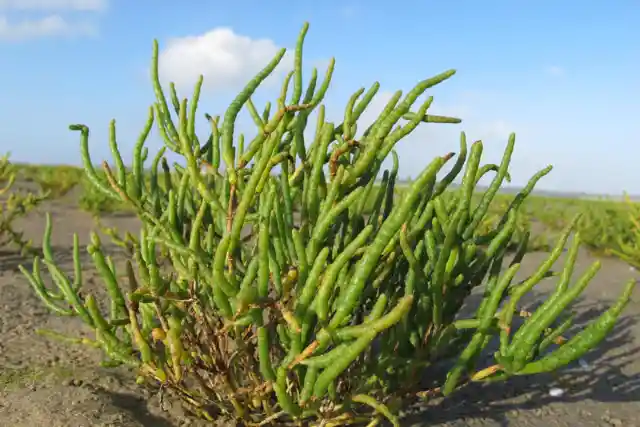
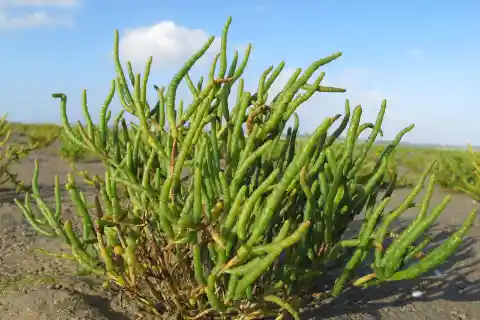
Salicornia is a succulent that grows in saline tidal pools, marshes, and mangroves. It is sometimes known as sea beans or asparagus of the sea. These crisp, crunchy, and naturally salty green stalks make a tasty addition to any dish. You can eat them either raw or cooked. Their brininess complements other seafood, as evidenced by recipes like this one with salmon and daikon or this one with mussels and sea beans.
Kelp
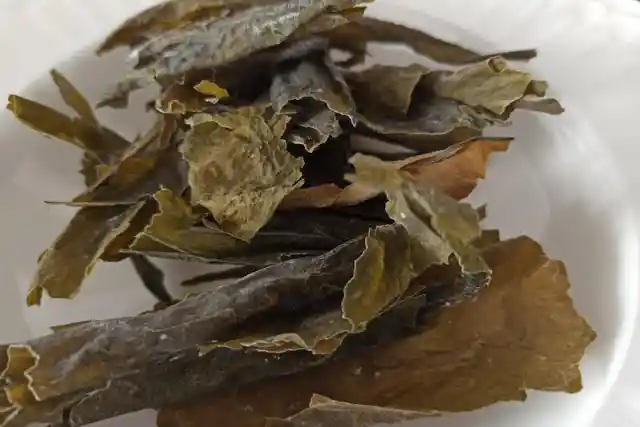
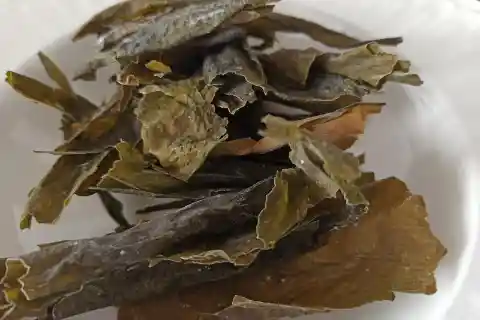
This huge brown algae, which is also known as "seaweed," comes in close to 30 different kinds. This type of sea vegetable is the one that you will probably feel clinging to your legs while swimming in the ocean. But even though you live on land, you've definitely encountered kelp because it may be found in countless items. Algin, a useful kelp constituent, is used in toothpaste, shampoo, medications, and even ice cream. Iodine, vitamin K, vitamin A, vitamin B-12, iron, magnesium, and a lot of calcium (more than kale) are just a few of the elements found in kelp, which is also available raw, dried, and in supplement form as powder or capsules.
Sea Grapes
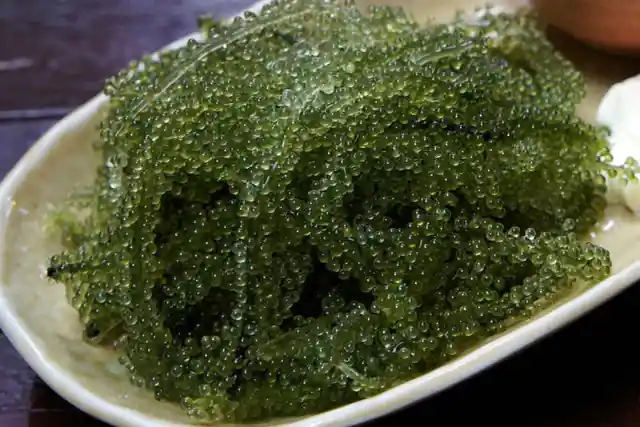
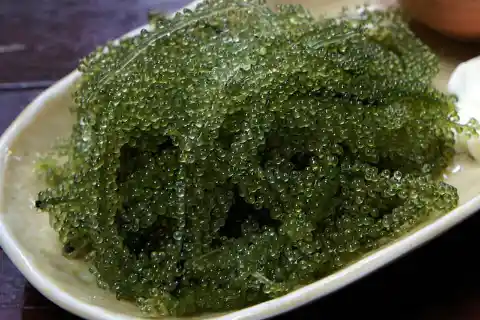
Sea grapes, sometimes referred to as umi-bud in Japan or by their unwieldy Latin name Caulerpa lentillifera, are the most environmentally friendly alternative to Beluga caviar. A startling amount of taste is released when each briny bead pops on the tongue. It also appears in Malaysian and Filipino cuisine and makes a great garnish for sashimi. Even while the flavor of this "green caviar" would be enough to sell it, it also contains a lot of vitamins A and C. Since Okinawa has one of the highest average ages in the world, sea grapes are frequently referred to as "longevity beans" due to their popularity there.
Ulva Lactuca
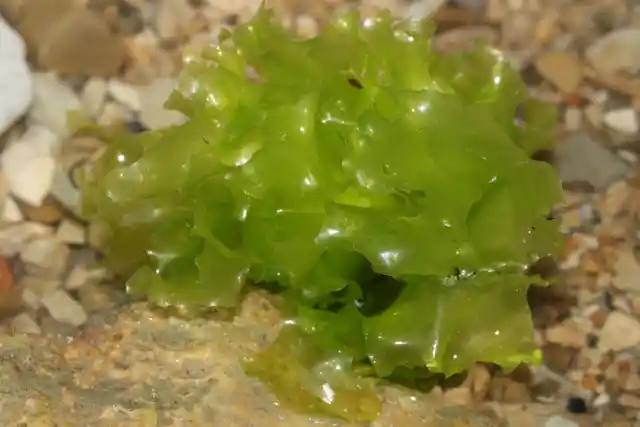
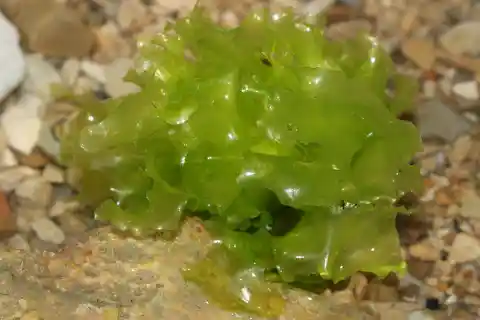
A form of green algae called ulva lactuca, often known as sea lettuce, is found in intertidal and subtidal regions of Europe, North America, Central America, the Caribbean Islands, South America, Southwest Asia, Australia, and New Zealand. Unsurprisingly, sea lettuce imparts a saline flavor to dishes. It is crunchy and has a smooth, slimy texture when it is fresh or moistened. It is light and flaky when dehydrated. It can be restored to its original state, just like the other seaweeds, by soaking in warm water for up to 15 minutes.
Nori


This briny seaweed is typically sold in thin, dry sheets, either plain or toasted, and is what holds your sushi roll together. This seaweed is excellent for the pantry because it retains for a very long time and can instantly give any meal umami (savoriness because of the amino acid glutamate). If you want to experiment with using this vegetable in a dish other than sushi, you can add it as a garnish to soups, salads, and rice bowls to provide an extra umami kick.
Agar


The secret to making incredible delectable sweets without sugar is agar. Given that it offers plenty of collagen and has the same consistency as gelatin when soaked, it is an excellent vegetarian substitute for gelatin. Another substitute for gelatin is Irish moss. But you can also use this in savory meals to make a thick gravy base. Be cautious as it has moderate laxative effects if used in excess. For people who are prone to constipation, however, this makes it fantastic. This is a fantastic beauty meal since constipation causes toxicity, which can cause skin issues like acne.
Irish Moss
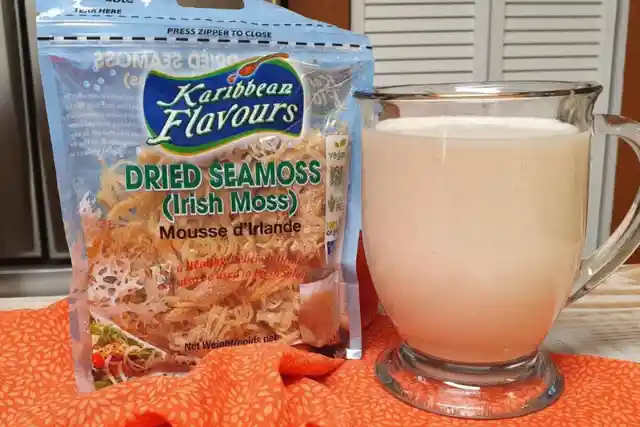
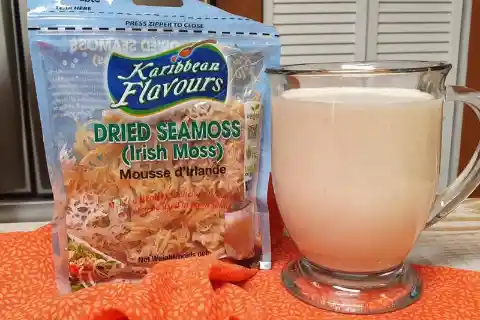
Several types of red algae are referred to as "Irish moss." While Eucheumatopsis isiformis is the name-bearer in the Caribbean, Chondrus crispus holds the name in the northern Atlantic. Both include a lot of carrageen, a substance that when boiled thickens to a jelly. In the Caribbean, milk, and rum are usually added to Irish moss pudding along with cinnamon and vanilla flavoring. A similar traditional pudding and milk beverage found in Ireland and Scotland serve as both a delectable dessert and a healthy medicine for the sick.
Kombu
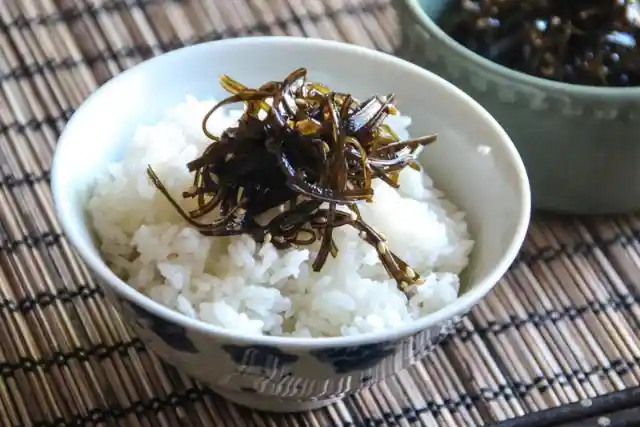
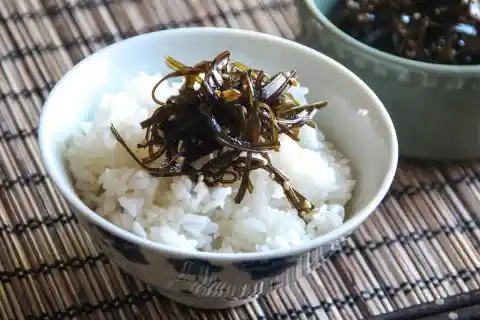
Kombu is well-liked when the weather is chilly and miserable. This seaweed is used in the preparation of dashi, a traditional Japanese stock. Miso soup or other meals can be seasoned with kombu alone or in combination with dried bonito flakes. It is used with beans or other difficult-to-digest veggies like Brussels sprouts or cabbage. Enzymes in Kombo break down the gas-producing raffinose carbohydrates found in many legumes and vegetables.
Dulse
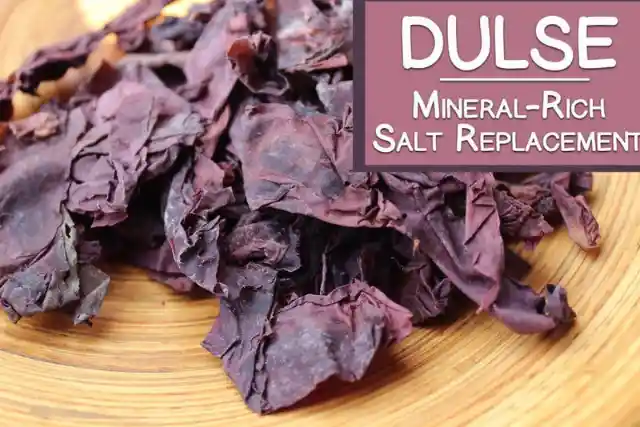
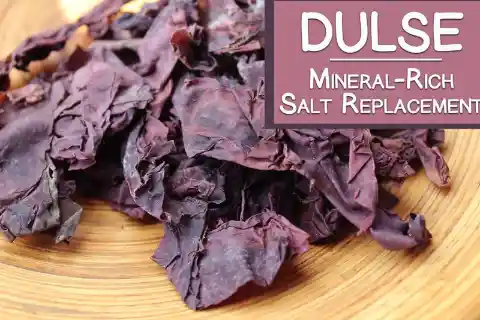
Palmaria palmata, also known as dulse, is a red algae family sea vegetable. According to a study, dulse has a protein concentration that is comparable to that of foods high in protein from plants, including soybeans. Dulse, which may be found in both the Atlantic and Pacific oceans, has long been a staple of northern European cuisine. Dried dulse, which is rich in minerals and has a salty flavor, is frequently used to flavor staple foods like eggs and potatoes. Its flavor has even been compared to bacon's, and it can add saltiness to a bag of popcorn.
Wakame
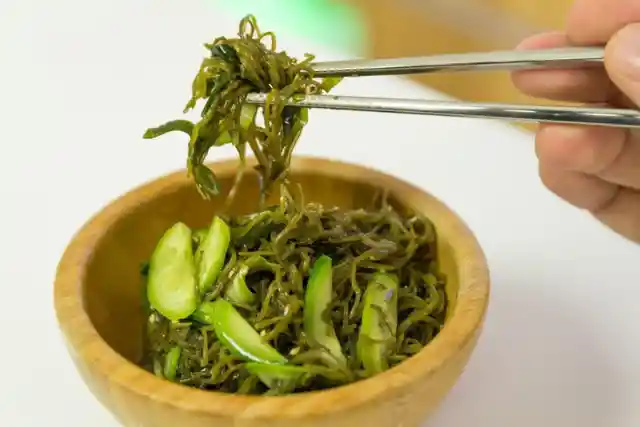
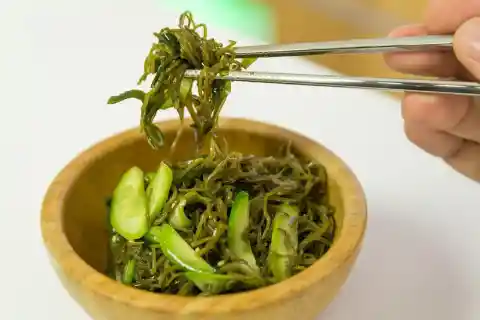
Another well-liked brown seaweed is wakame, which is typically added to cold salads, tofu, soup, sushi, or rice. Emerald green sheets with a flavor that is nearly meaty and a chewy texture. It is typically offered in dry form, however, immersing it in water for a short time will rehydrate it. This aids in removing some of the surplus salt. After that, add it to your preferred salad and let the nutrients to permeate your body.